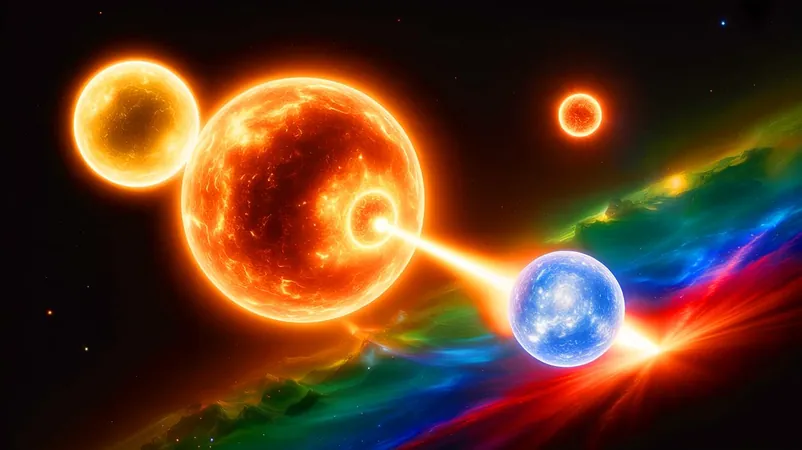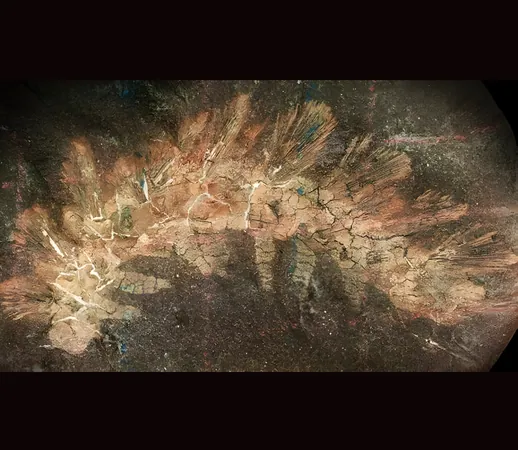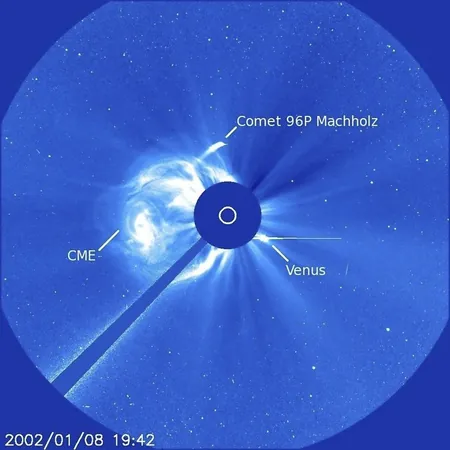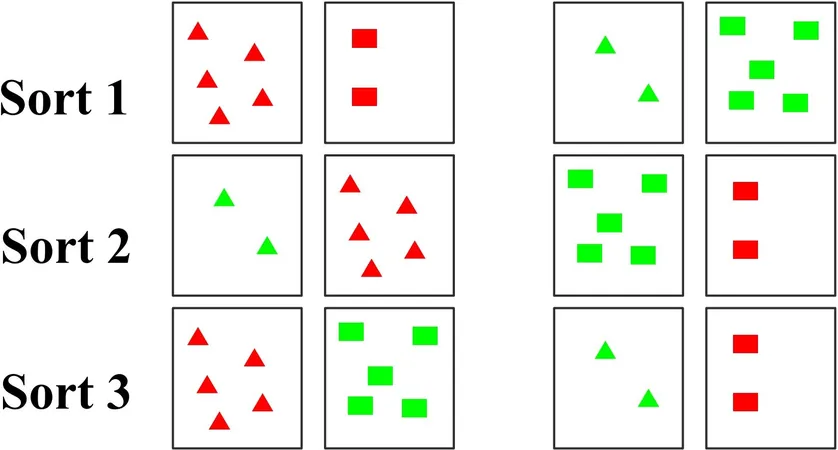
Stellar Shock: Astronomers Discover Third Star Is Key to Explosive White Dwarf Pairs!
2025-07-11
Author: Amelia
Breaking the Cosmic Mold
In a stunning revelation, astronomers have uncovered that a significant portion—up to 40%—of explosive white dwarf pairs may be birthed from triple-star systems. This groundbreaking study flips the script on our understanding of how these volatile stellar systems, known as cataclysmic variables (CVs), come to be.
A New Perspective on Stellar Interactions
For years, scientists have accepted that cataclysmic variables arise from two stars spiraling into each other within a common gas envelope. However, the latest findings propose that a third star may be the unsung hero in this stellar saga, playing a vital role in tightening the orbit of the inner binary pair. This cosmic 'third wheel' could be the key architect behind many explosive systems.
Led by Caltech's assistant astronomy professor, Kareem El-Badry, researchers utilized data from the European Space Agency's Gaia mission to reveal that approximately 10% of known CVs exist in hierarchical triple-star configurations. This substantial figure calls for a radical reconsideration of stellar formation theories.
Cosmic Connections That Shock the Mind
Traditionally, the formation of CVs has hinged on the spiral-in common-envelope model. Yet, new models indicate that gravitational forces from a third star can extend the orbital path of the inner binary system, allowing the stars to spiral closer together. Amazingly, simulations have shown that 20% of CVs can form without the traditional gas-envelope phase!
Caltech graduate student Cheyanne Shariat, the study's lead author, notes that the gravitational pull of a third star often results in highly eccentric orbits for the binary stars. This leads to closer proximities, triggering tidal forces that pull the stars together.
The Challenge of Discovery
One significant factor affecting the birth of CVs in triple-star systems is the initial distance between the stars. Many systems that resulted in CV formation often started with over 100 astronomical units separating the inner pair from the distant third star. This configuration allows the necessary gravitational interactions to bring the stars closer over time.
However, detecting these elusive third stars is no easy feat. Many may be too faint or distant to observe, or they might have even been ejected from the system.
A Cosmic Shift in Understanding
El-Badry emphasizes that this pivotal finding marks a significant shift in the way scientists understand CV formation. With a potential 40% of explosive stellar pairs coming from triple systems, the implications are profound, reshaping future astronomical research.
This groundbreaking research has been published in the journal Publications of the Astronomical Society of the Pacific and encourages the scientific community to revisit established models and investigate the complex web of stellar interactions further.
What Mysteries Lie Ahead?
The revelation that a third star is integral to the formation of explosive white dwarf pairs beckons researchers to explore deeper cosmic mysteries. As we rethink accepted lore in astronomy, what other celestial secrets are waiting to be unveiled?









 Brasil (PT)
Brasil (PT)
 Canada (EN)
Canada (EN)
 Chile (ES)
Chile (ES)
 Česko (CS)
Česko (CS)
 대한민국 (KO)
대한민국 (KO)
 España (ES)
España (ES)
 France (FR)
France (FR)
 Hong Kong (EN)
Hong Kong (EN)
 Italia (IT)
Italia (IT)
 日本 (JA)
日本 (JA)
 Magyarország (HU)
Magyarország (HU)
 Norge (NO)
Norge (NO)
 Polska (PL)
Polska (PL)
 Schweiz (DE)
Schweiz (DE)
 Singapore (EN)
Singapore (EN)
 Sverige (SV)
Sverige (SV)
 Suomi (FI)
Suomi (FI)
 Türkiye (TR)
Türkiye (TR)
 الإمارات العربية المتحدة (AR)
الإمارات العربية المتحدة (AR)